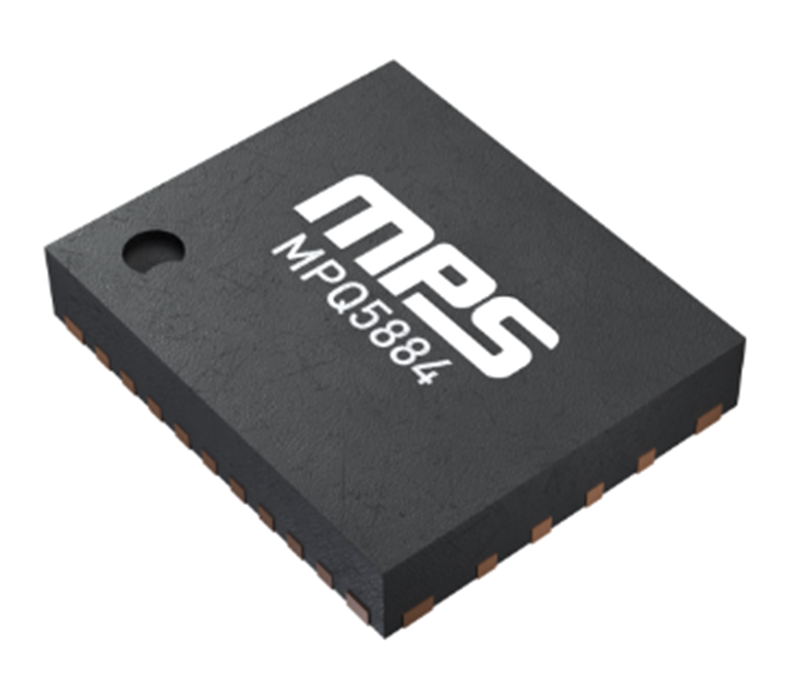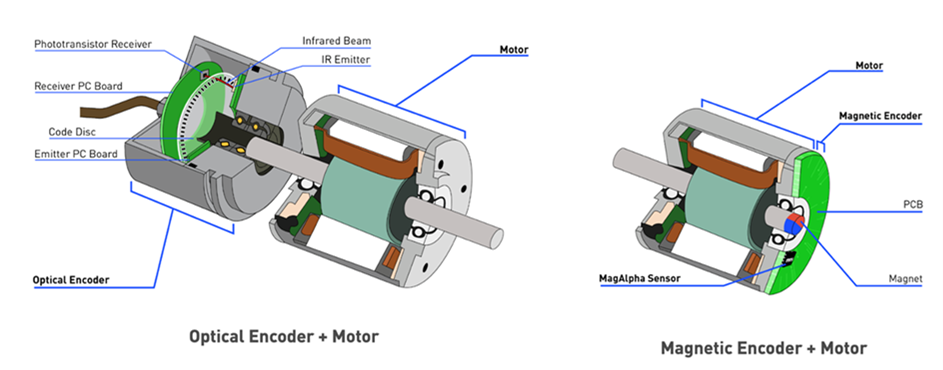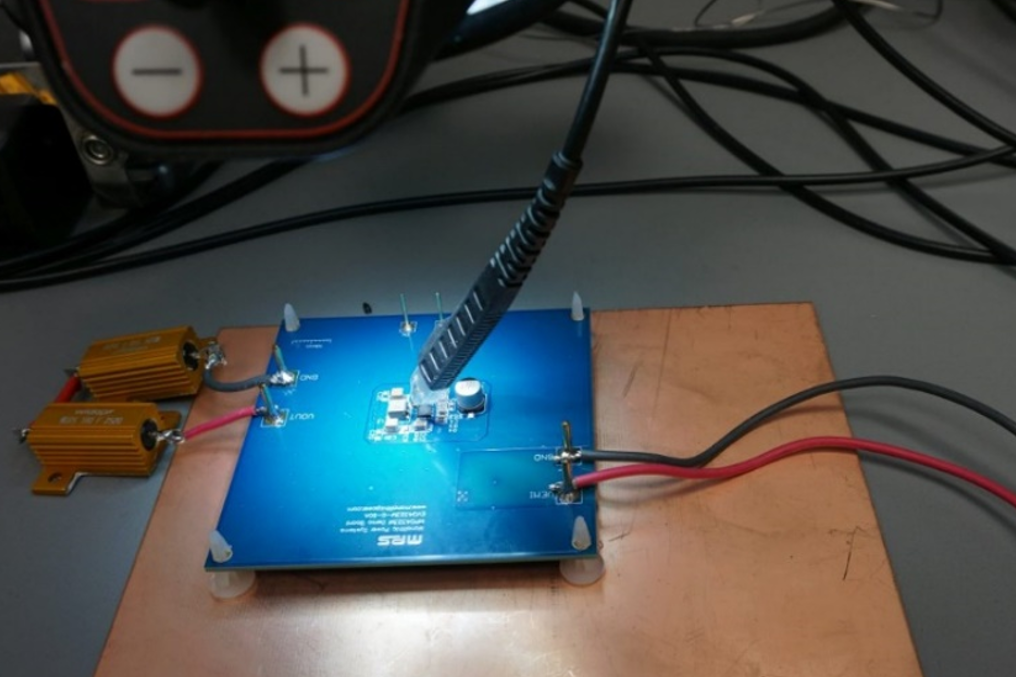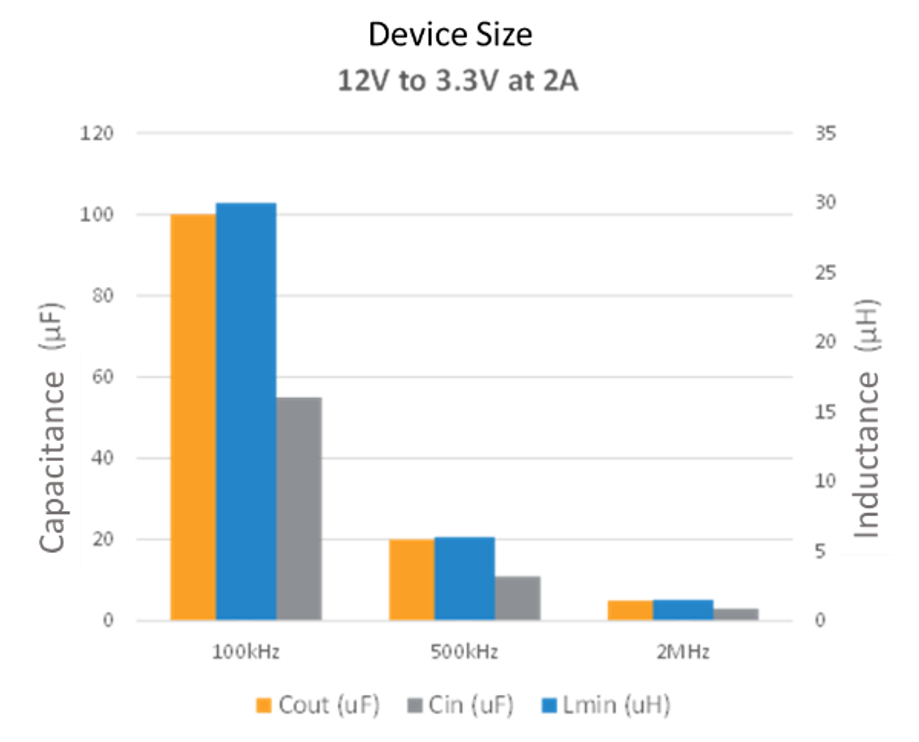Classification of Automotive Sensors
Automotive sensors are essential to the smooth operation of modern automobiles. These sensors provide information about numerous vehicle parameters to the Electronic Control Unit (ECU) so that safety, efficiency, and performance are maximized. They do this by translating physical quantities into electrical impulses. These sensors can be categorized along two main lines: first, by the physical characteristics they measure, and second, by the underlying technology they use.
Classification Based on Physical Properties
Automotive sensors are made to measure a wide range of physical qualities that are essential to the functioning of the vehicle. Among the notable divisions according to physical characteristics are:
Pressure Sensors: These devices identify and gauge the pressure of the car's various fluids, including air, fuel, and oil. They make sure that the pressures stay within predetermined limits for ideal functioning and are frequently utilized in fuel injection and brake systems. They are predicated either on differential pressure sensing or absolute pressure sensing theory.
Temperature Sensors: Integral to engine management, temperature sensors monitor the engine's coolant, oil, and air temperatures. By doing this, possible harm is avoided and the engine is guaranteed to run within a safe temperature range. Furthermore, temperature sensors are integrated into all power electronic controllers so that, in the event that the temperature rises above safe limits, the power can be derated or switched off.
Position Sensors: These sensors determine where different parts are located. Examples are the Camshaft/Crankshaft Position Sensors, which help with engine timing, and the Throttle Position Sensor (TPS), which senses the position of the throttle in internal combustion engines.
Speed Sensors: These sensors detect the rotational speed of the wheels and axis and are frequently used in the Anti-lock Braking System (ABS) and Transmission Control Units (TCU). This information enables the ECU, for example, to make real-time changes to prevent wheel lockup while braking.
Level Sensors: These sensors keep an eye on the fluid levels in a variety of reservoirs, such as engine oil sump pumps, braking fluid reservoirs, and gasoline tanks.
Classification Based on Technology
The methods by which sensors identify and quantify these physical attributes have expanded due to technological advancements:
Capacitive Sensors: When a physical quantity varies, they work on the basis of capacitance alteration. In capacitive proximity sensors, for example, an object's approach modifies the capacitance, which is then detected. Certain fluid-level sensors rely on the fluid's capacitance.
Ultrasonic Sensors: These sensors produce ultrasonic waves and are mostly utilized in parking assistance and obstacle detection. The sensor measures the distance by measuring the time it takes for the waves to reflect back after hitting an obstruction and receiving the information.
Infrared Sensors: These sensors use the infrared spectrum to detect obstacles and provide night vision, particularly in low-light situations.
Piezoelectric Sensors: These sensors produce a voltage in response to mechanical stress. Engine knock sensors use this feature to identify engine knock or pinging.
Hall-Effect Sensors: Operating on the principle of the Hall Effect, these sensors can detect magnetic fields and are commonly employed for position detection, notably in the context of camshaft and crankshaft positions.
Resistive Sensors: These sensors, such as temperature sensors, whose resistance varies inversely with temperature, alter their resistance in response to the physical quantity they detect.
Automotive sensor classification sheds light on the wide range of physical characteristics and technology that cars depend on. These divisions highlight the need for sensors to maintain the smooth running of contemporary cars while also illuminating the intrinsic complexity of these vehicles.
Applications of Sensors in Automotive Systems
The use of sensors in the automotive industry is not merely an outcome of technological advancements; rather, it is an essential progression toward achieving enhanced performance, increased safety, and increased efficiency in automobiles. There are many sensors in modern cars, and each one has a specific purpose. The crucial roles that sensors play in a variety of automotive applications are explained in the sections that follow:
Engine Management and Control
The engine management system's core components are the sensors, they enable peak performance, fuel economy, and emission control:
Fuel/Air Mixture Control: By measuring the amount of oxygen in exhaust gasses through the use of oxygen sensors installed inside the exhaust system, the engine control module is able to modify the fuel-air mixture for the best possible combustion.
Ignition Timing: Crankshaft and camshaft position sensors help establish the engine's phase and speed. This information helps the engine control unit (ECU) to time the spark for combustion exactly.
Cooling System: Temperature sensors monitor the engine's coolant temperature. If the temperature crosses a defined threshold, the ECU can modify the functioning of the cooling fan or communicate a potential overheating issue to the driver.
Turbocharger Control: Pressure sensors are used in turbocharged engines to monitor the boost pressure and ensure that it remains within the safe operating parameters established for the engine.
Safety Systems
Safety is fundamental in vehicle design, and sensors play a critical part in numerous safety-enhancing systems:
Airbag Deployment: Accelerometers detect fast deceleration characteristics of a collision. The sensor alerts the airbag control unit to activate the airbags, which cushion the occupants and lower the possibility of injury in the event of a large accident.
Anti-Lock Braking System (ABS): Wheel speed sensors constantly track the rotational speed of each wheel in the anti-lock braking system (ABS). The ABS adjusts brake pressure to prevent wheel lockup when it senses it is about to happen, preserving steering control.
Traction Control System: This system detects when one or more wheels lose grip by using wheel speed sensors. In order to regain traction, the ECU can then lower engine power or apply brake force to particular wheels.
Collision Sensors: These are particularly crucial for battery electric vehicles (BEVs), as they ensure that all high-voltage parts are deactivated in the event of a collision. This is accomplished via the collision sensor circuit, which modifies the crash signal state that high-voltage components expect in the case of a crash and ensures that any circuits that may have become accessible to persons due to the collision and vehicle damage are de-energized.
Driver-Assistance Systems
As a result of technological improvements, cars now feature a variety of sensors to support and enhance the driving experience:
Parking Assistance: This is provided by ultrasonic sensors installed all around the car to identify nearby obstructions. By giving the driver input regarding the distance to objects, these sensors help make parking in confined places easier to handle.
Lane-Keeping Assistance: Roadside lane markers are detected by optical or infrared sensors. Depending on how sophisticated the system is, it may alert the driver or even take corrective action if it detects an inadvertent lane departure without signaling.
Adaptive Cruise Control: This technology keeps a safe following distance between itself and the car in front of you using radar or LIDAR sensors. The mechanism automatically lowers speed to preserve the predetermined gap if the car in front of it slows down.
Blind Spot Detection: This system lowers the likelihood of side-swiping accidents by alerting drivers to cars in their blind spots, usually through the use of radar or ultrasonic sensors.
Modern cars are essentially a symphony of interconnected systems, each of which contributes to the overall driving experience. As the "eyes and ears" of the car, sensors continuously collect information from its surroundings and internal systems. Advanced control algorithms and this data-rich environment open the door to a safer, more effective, and more pleasurable driving experience.
Key Specifications and Performance Criteria
Sensors are essential parts of contemporary vehicle systems. However, these sensors need to fulfill certain performance requirements in order to be useful in their tasks. This guarantees the safe and efficient operation of the car’s systems. We will examine the fundamental requirements and performance benchmarks for automotive sensors in this part.
Accuracy and Resolution
Accuracy: This indicates the degree to which the sensor's reading agrees with the real value. A temperature sensor that is precise to within 0.5°C of the real temperature, for example, is more reliable than one that could be 2°C off. High accuracy is crucial because automotive systems need to be precise.
Resolution: The smallest change in the quantity being measured that causes the related output signal to alter noticeably is referred to as this. For example, a pressure sensor is said to have 0.01 psi resolution if it can measure variations as small as 0.01 psi. Finer differences in measurements can be detected by higher-resolution sensors, which is essential for systems that need comprehensive feedback.
Sensitivity and Range
Sensitivity: This is defined as the sensor's response, or change in output, to a change in the input or amount being measured. A high-sensitivity sensor is appropriate for situations where it is necessary to detect subtle changes since it creates a noticeable output change even for very small input variations.
Range: The physical quantity that the sensor is capable of measuring is shown, along with its minimum and maximum values. The range of automobile sensors should be sufficiently wide to accommodate every operational situation that the car may experience.
Environmental Considerations
Temperature Stability: Because cars operate in a variety of conditions, sensors need to be able to function accurately and consistently across a wide temperature range. In order to account for the temperature tolerances of the sensors, electronic modules, and their sensors are frequently calibrated in various temperatures during the manufacturing process.
Resistance to Contaminants: To ensure lifetime and reliable operation, automotive sensors should be resistant to fuel, oil, dust, moisture, and other contaminants they may come into contact with.
Vibration Resistance: Cars can cause a lot of vibrations and shock, especially in rough terrain. For constant readings, sensors must be unaffected by these vibrations.
Sensor Tolerances
Type of Sensor Errors
- Offset Error: An ongoing inaccuracy injected into the sensor data.
- Gain Error: Errors proportionate to the input signal are called gain errors.
- Drift Error: Errors that gradually change over time.
- Random Error: Typically indicative of noise in the sensor circuit, random errors lack a clear pattern.
- Quantization Error: This kind of error is caused by the sensor's restricted resolution.
Fault Diagnostics
Safety and performance depend on knowing when and why a sensor might fail. Modern car systems have built-in self-diagnostic features to keep an eye on the condition and performance of their sensors. The majority of automobile sensors also incorporate known problem states that are simple for the vehicle's system to comprehend. Here are a few instances of integrated fault states found in sensors.
- 5V Output Sensors: When a problem occurs within the sensor and the reading does not correspond to a believable physical value, sensors with a 5-volt output voltage range frequently use the lower voltage band (below 0.5V) and upper voltage band (above 4.5V).
- Digital Temperature Sensors: High safety-rated temperature sensors frequently display a false, implausible temperature value, such as -200°C, to signify that a chip internal problem has occurred.
Detection of Faults
- Redundancy: Making use of several sensors to make a single measurement. A malfunction is suspected if the values from one sensor differ from the others.
- Self-Test Mechanisms: In order to generate known signals and track the reaction, modern sensors are equipped with self-test functions.
- Plausibility Checks: Checks for plausibility involve comparing sensor outputs to established physical models to make sure they are consistent. For instance, being aware that the vehicle's wheel speed as reported by the speed sensor is excessive and implausible under the specified conditions.
The performance standards and specifications for automotive sensors emphasize the need for precision, robustness, and dependability. These performance criteria will have a bigger impact on how automotive engineering develops in the future as cars get more advanced and safety becomes more important.









直接登录
创建新帐号